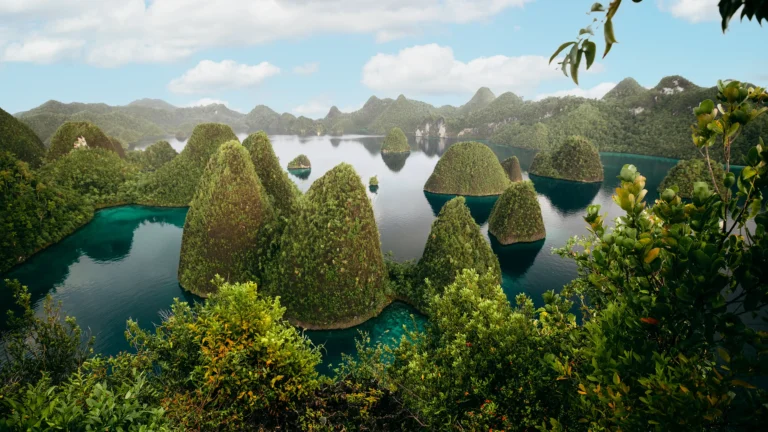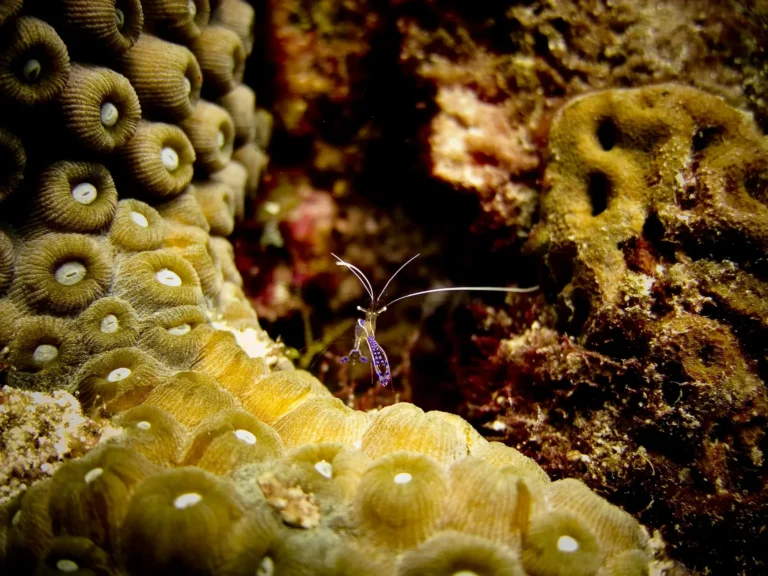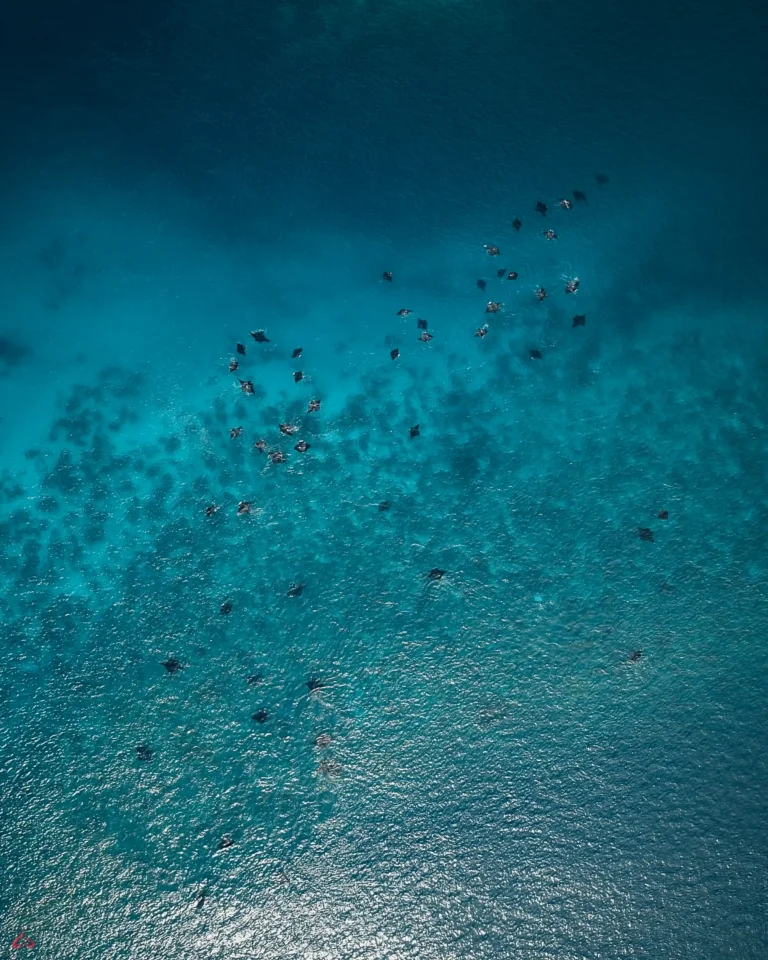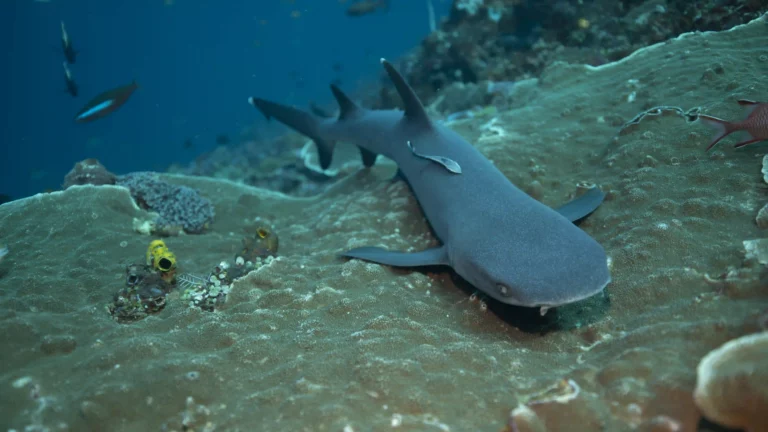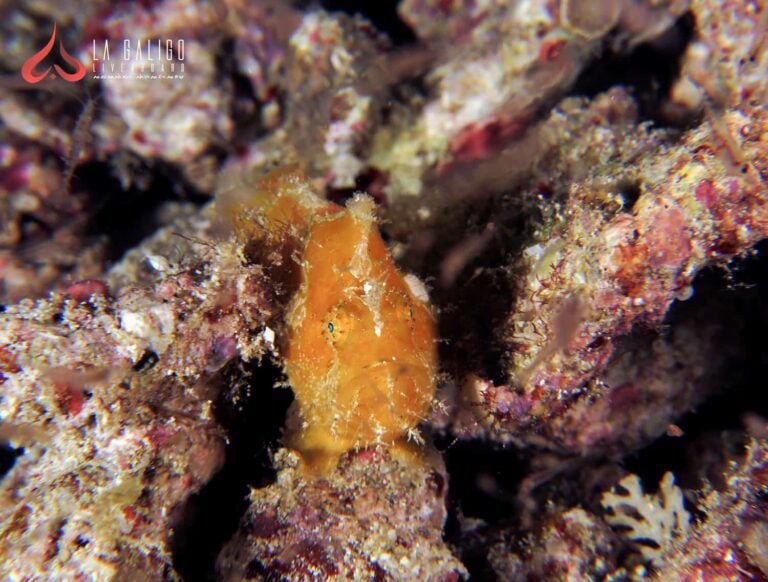The ocean is home to a wide variety of plant life, from tiny microalgae to large seaweeds. These ocean plants play a crucial role in maintaining the health of marine ecosystems and the planet as a whole. Not only do they provide food and habitat for a diverse range of sea creatures, but they also play a significant role in regulating the Earth’s climate by producing oxygen and sequestering carbon dioxide. In this article, we will explore the importance of ocean plants and how they contribute to the well-being of our planet.
What Is an Ocean Plant?
Ocean plants, also known as marine plants or sea plants, are a diverse group of photosynthetic organisms that can be found in the ocean. They include a wide variety of algae, seaweeds, and seagrasses. These plants play a crucial role in the marine ecosystem and are essential for the health of the world’s oceans.
How Many Plants Are in the Ocean?
There are thousands of species of plants in the ocean, ranging from microscopic algae to large kelp forests. These plants play a crucial role in the marine ecosystem, providing food and habitat for a wide variety of marine life. Some of the most common types of ocean plants include seaweeds, sea grasses, and phytoplankton. Each of these plants serves a unique purpose in the ocean, contributing to the overall health and balance of the marine environment.
Types of Plants in the Ocean
Ocean plants play a crucial role in the marine ecosystem by producing oxygen through photosynthesis and providing food and habitat for a wide variety of marine species. Some of the most common types of ocean plants include algae, seagrasses, and mangroves. Algae, for example, are a diverse group of photosynthetic organisms that can be found in both freshwater and marine environments. Seagrasses, on the other hand, are flowering plants that have adapted to live in the ocean, forming underwater meadows that support a rich diversity of marine life. Mangroves are salt-tolerant trees and shrubs that grow along tropical and subtropical coastlines, providing important nursery areas for fish and other marine species.
The types of plants in the ocean vary widely, each serving a specific role in the marine ecosystem. Some of the most important ocean plants include:
Seaweeds
Seaweeds are a diverse group of marine algae that can be found in a wide range of colours, shapes, and sizes. They provide essential habitat and food for a variety of marine organisms, ranging from small invertebrates to larger fish and marine mammals.
Sea Grasses
Sea grasses are flowering plants that have adapted to live in marine environments. They form dense underwater meadows that provide shelter and food for many marine species, including fish, crustaceans, and sea turtles.
Phytoplankton
Phytoplankton are microscopic algae that float near the ocean’s surface and form the base of the marine food web. They are a critical source of food for many marine organisms, from tiny zooplankton to large filter-feeding animals such as baleen whales.
These different types of ocean plants work together to create and maintain the complex web of life in the marine environment, making them essential for the health and sustainability of the world’s oceans.
ALSO READ : Coral Etiquette 101 – Reefs Are Not Rocks to Stand on
The Importance of Ocean Plants
The importance of ocean plants cannot be overstated. They are not only vital for the marine ecosystem but also have a significant impact on the Earth’s overall environment. Ocean plants, particularly phytoplankton, are responsible for producing the majority of the world’s oxygen through photosynthesis, making them essential for life on Earth.
In addition to producing oxygen, ocean plants also serve as a crucial food source for many marine organisms. The rich biodiversity of ocean plants provides sustenance for countless species of fish, invertebrates, and other marine life. Furthermore, these plants create habitats that support entire ecosystems, contributing to the overall health and balance of the oceans.
Understanding the diverse array of ocean plants and their roles within the marine ecosystem is essential for the conservation and sustainable management of ocean environments. By recognizing the importance of these plants, we can work towards preserving and protecting the delicate balance of the world’s oceans.
The Most Fascinating Plants That Live in the Ocean
The ocean is home to a diverse array of plants that play a crucial role in the marine ecosystem. From the floating giant kelp forests to the vibrant coralline algae, these plants provide food and shelter for a variety of marine life. Let’s explore some of the most fascinating ocean plants and delve into the reasons why they are so important for the health of our oceans.
The Benefits of Ocean Plants
Ecosystem Support
Ocean plants such as seagrass and algae provide crucial support for marine ecosystems. They help to maintain water quality by absorbing excess nutrients and carbon dioxide, and they also provide habitat and food for a wide range of marine species.
Oxygen Production
One of the most critical roles of ocean plants is their contribution to oxygen production. Through the process of photosynthesis, these plants generate a significant portion of the Earth’s oxygen supply, making them vital for the health of both marine and terrestrial life.
Carbon Sequestration
Ocean plants are also essential for carbon sequestration. They capture and store carbon dioxide from the atmosphere, helping to mitigate the impacts of climate change by reducing the amount of this greenhouse gas in the atmosphere.
ALSO READ : Ways to Explore Raja Ampat – Dive Centre vs Liveaboard
Biodiversity Support
The presence of diverse ocean plants contributes to the overall biodiversity of marine ecosystems. By providing various niches and habitats, these plants support a wide array of marine life, from microorganisms to larger predators.
Conclusion
The importance of ocean plants cannot be overstated. They are not only aesthetically beautiful and fascinating, but they also play a critical role in maintaining the health and balance of our oceans. Protecting and preserving these plants is essential for the well-being of marine life and the planet.


